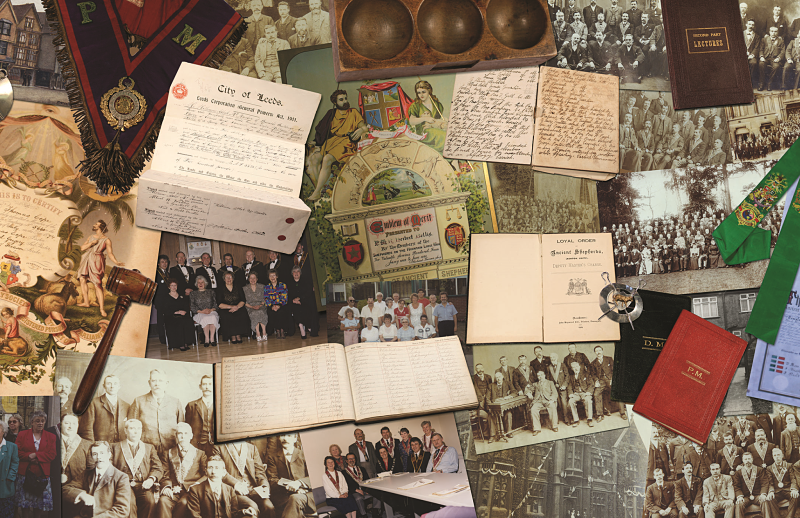
Friendly societies have significantly changed over the years, but the ones that exist today are consistent with their origins. But what are friendly society origins and how did Shepherds Friendly begin?
The history of friendly societies in the UK
The Industrial Revolution caused many changes in the UK, many village communities were diminished, and new towns and industries were established. There was no state provision for the poor, so mutual aid organisations known as friendly societies were created to help families during difficult times brought about by illness or death.
The majority of friendly societies started as locally based groups, usually a few villagers or neighbours, where members would contribute a small payment each month so that they could receive a lump sum payment in times of need. The money would be invested or saved if it didn’t have an immediate requirement.
There was an agreed risk when paying a fee to the society, and the pay-out conditions could be in many forms such as the death of a cow, the cost of a funeral, regular sickness payments or an old age pension.
The first Friendly Society was a successful fire insurance association in London. Its name was adopted throughout the UK to describe all mutual aid organisations. The groups could last for as little as one year or continue for many years, some, such as ourselves, still existing today.
The role of Friendly Societies became acknowledged by the Government and membership was encouraged. The act of 1875 called for a system of auditing and registration. People joined Friendly Societies in large numbers and by the late 1800’s there was in approximately 27,000 registered Friendly Societies. At the end of the nineteenth century, friendly societies provided most insurance, benefits, and pensions across the UK.
Before the Welfare State, friendly societies offerings were often the only way a working person could receive financial help in times of sickness or injury. Life with no regular income meant they would have to beg in the streets or live in a poorhouse.
Today, there are approximately 200 Friendly Societies. The ethos of today’s friendly societies remains the same, to help people take better control of their finances, within an organisation run for, and owned by, their members.
So how was Shepherds Friendly Society established?
We started life as a sickness and benefits society named Ashton Unity, which formed in Ashton-under-Lyne on Christmas Day in 1826. We were later renamed to the Loyal Order of Ancient Shepherds, “loyal, referring to the Crown and “Shepherds” referring to the Nativity of Jesus.
The aim of the Loyal Order of Ancient Shepherds was “to relieve the sick, bury the dead, and assist each other in all cases of unavoidable distress, so far as in our power lies, and for the promotion of peace and goodwill towards the human race.”
Over time, various similar mutual associations amalgamated with the society, including the Royal Shepherds Sanctuary Benefit Society which was established in Yorkshire in the early 19th century.
We later spread across the country, organised into local branches, known as ‘lodges,’ and officers wore regalia, similar to those of Freemasons.
Our founders believed in forming a mutually beneficial society, which would support them financially if sickness or injury prevented them from working and they lost their income. The founders and their members would take sole ownership and would be in charge of running the society and ensuring it was there for the members when needed. It’s that belief that forms the basis of mutuality and is still the primary focus of our society and many across the UK.
Today we go by the name of Shepherds Friendly Society and we continue to put our members at the heart of everything we do.


